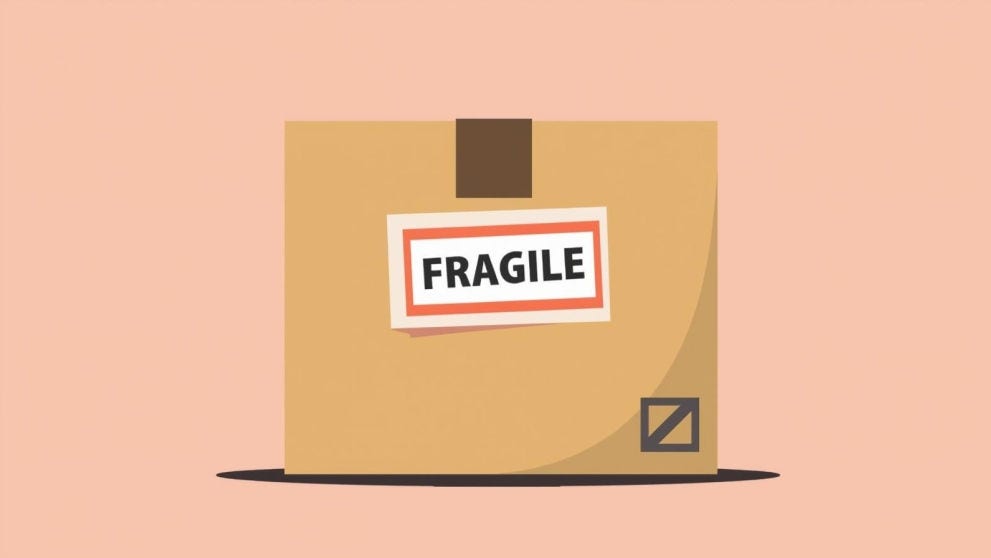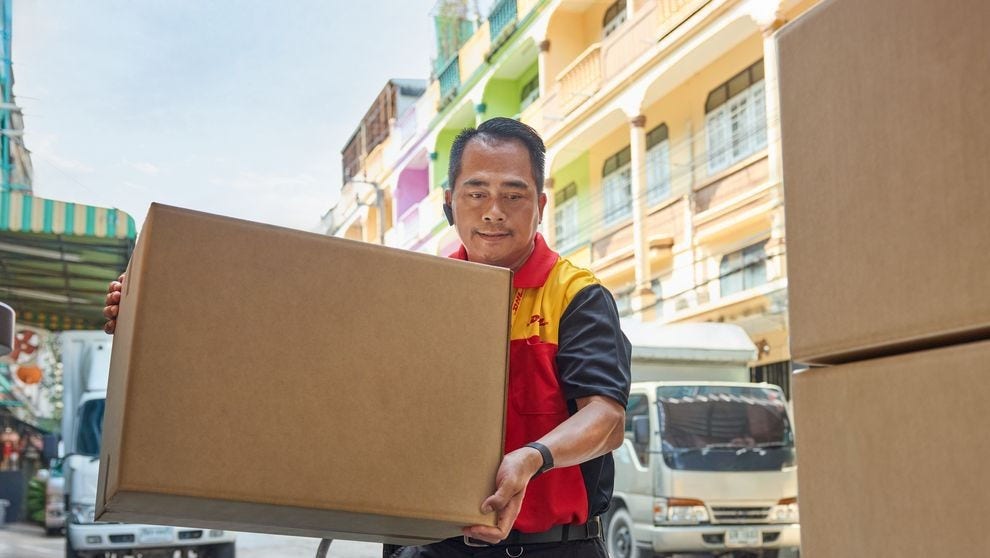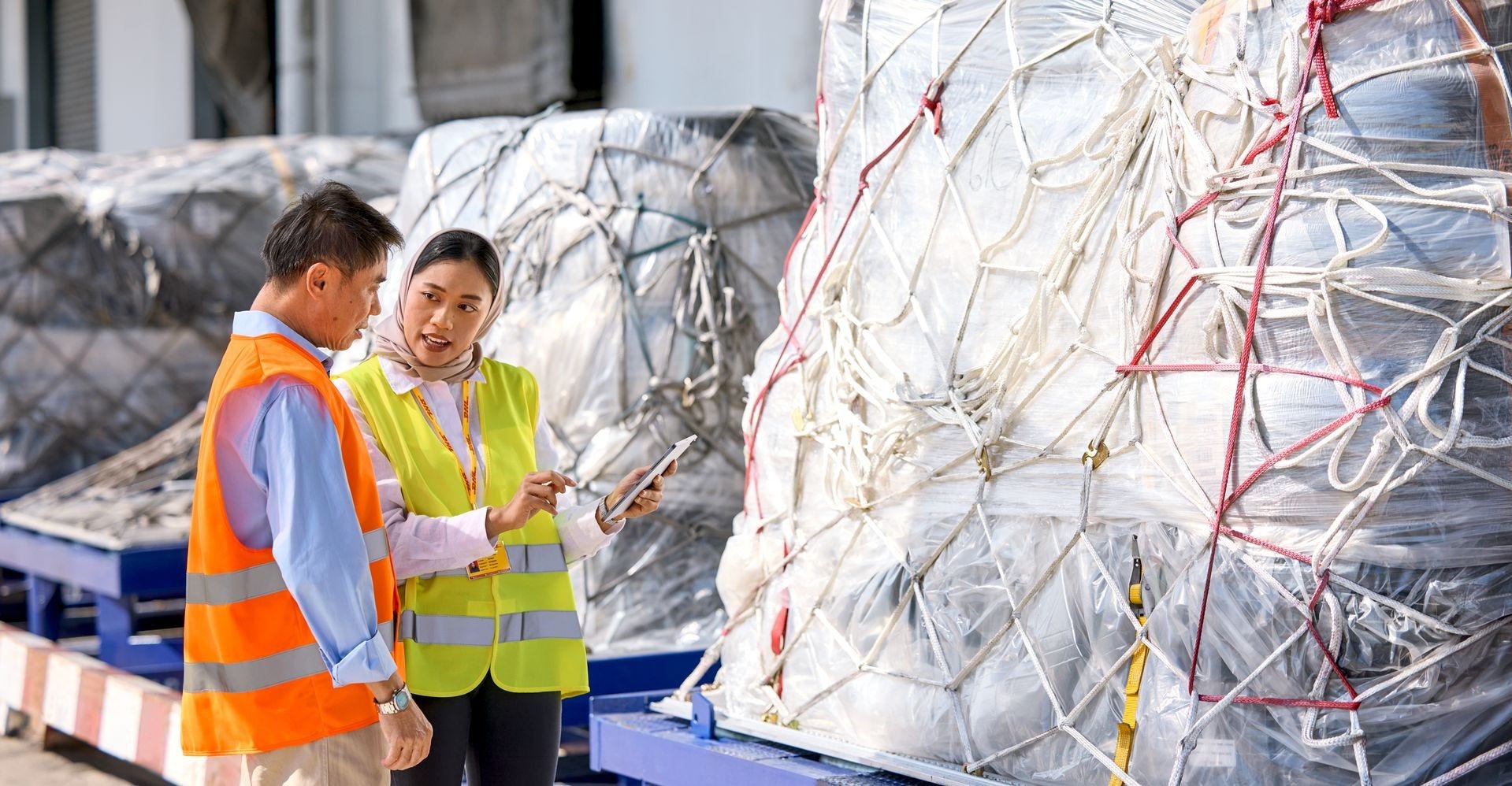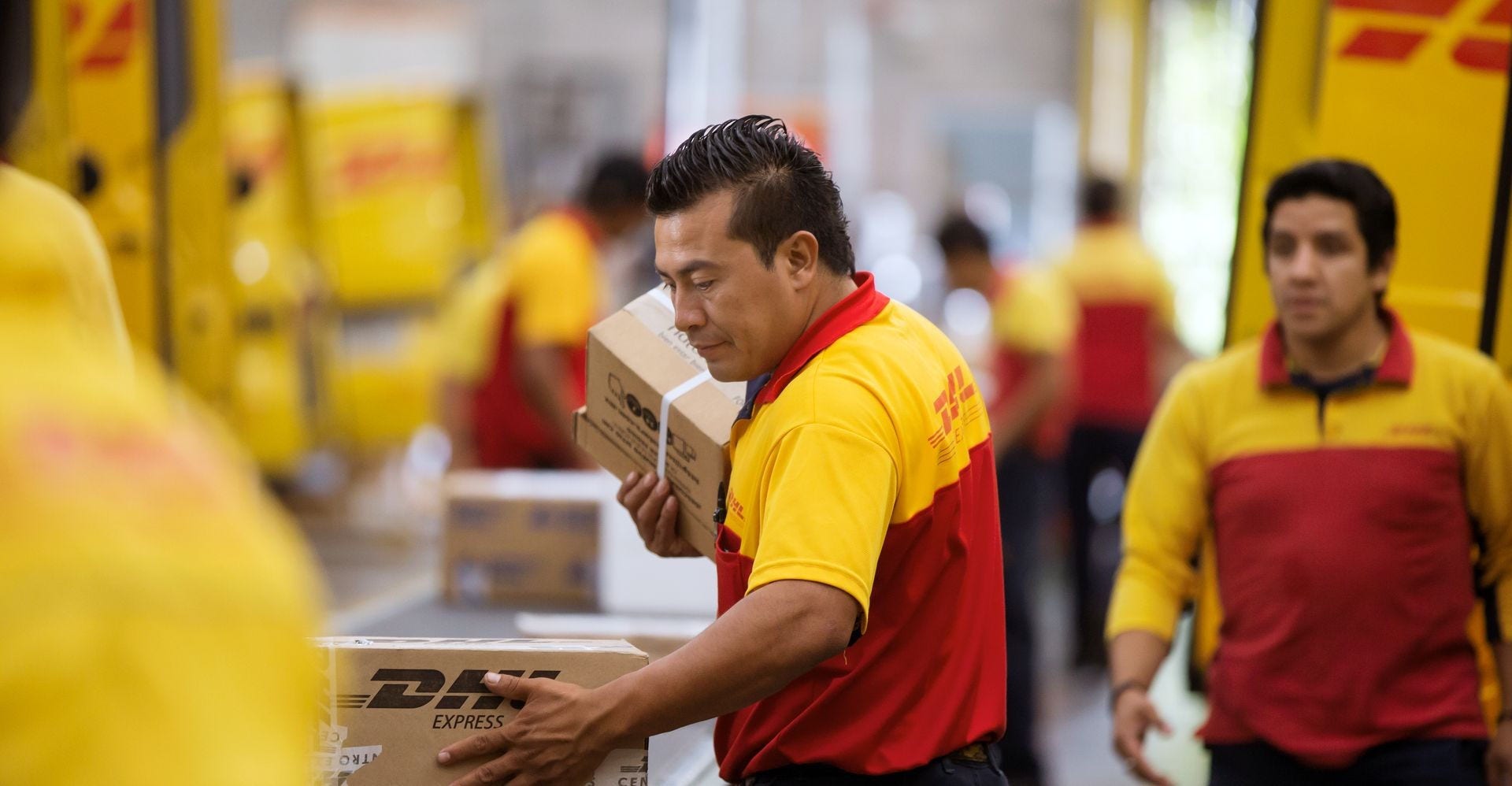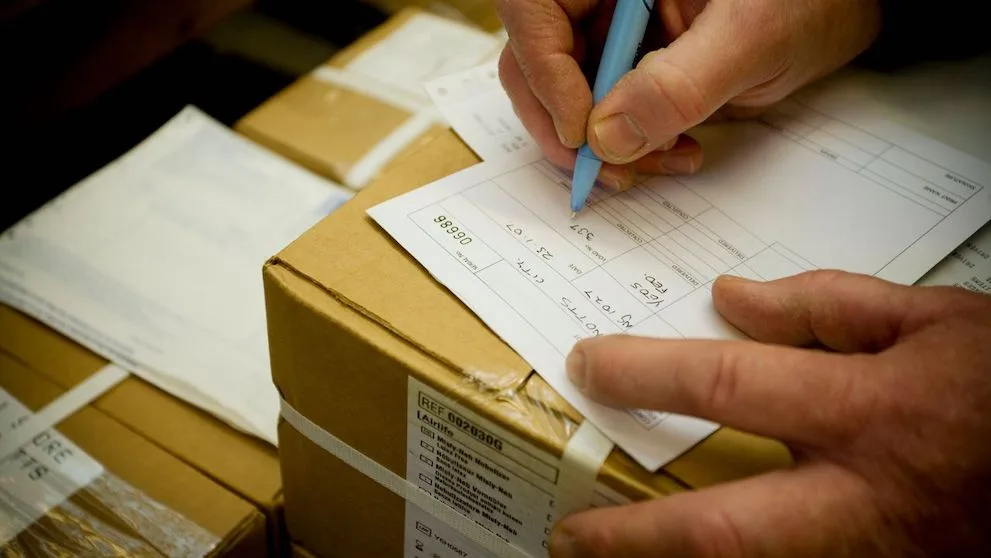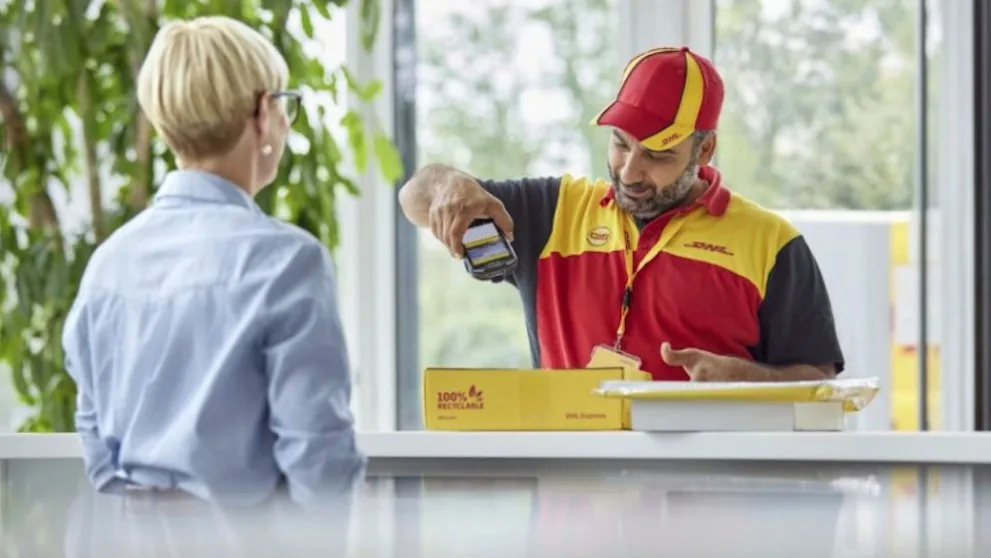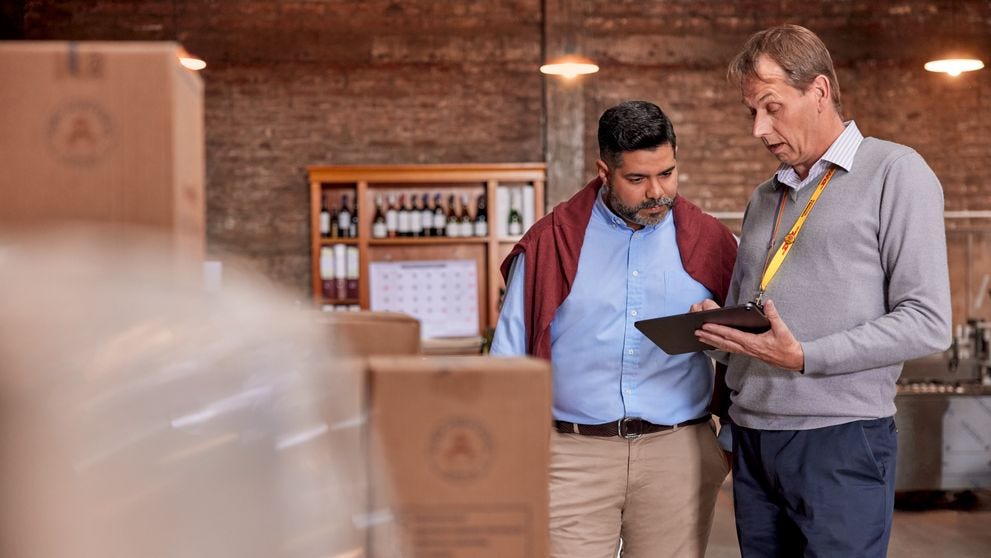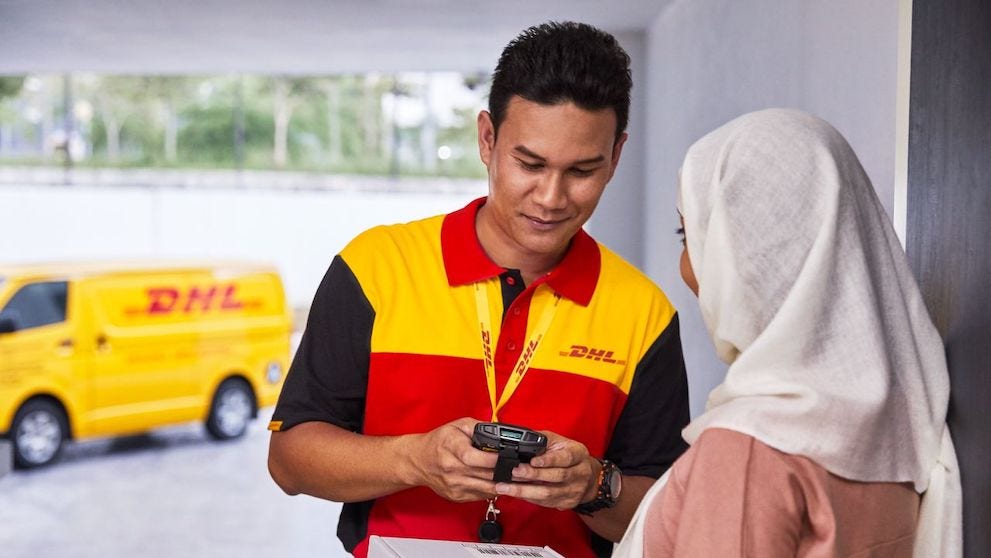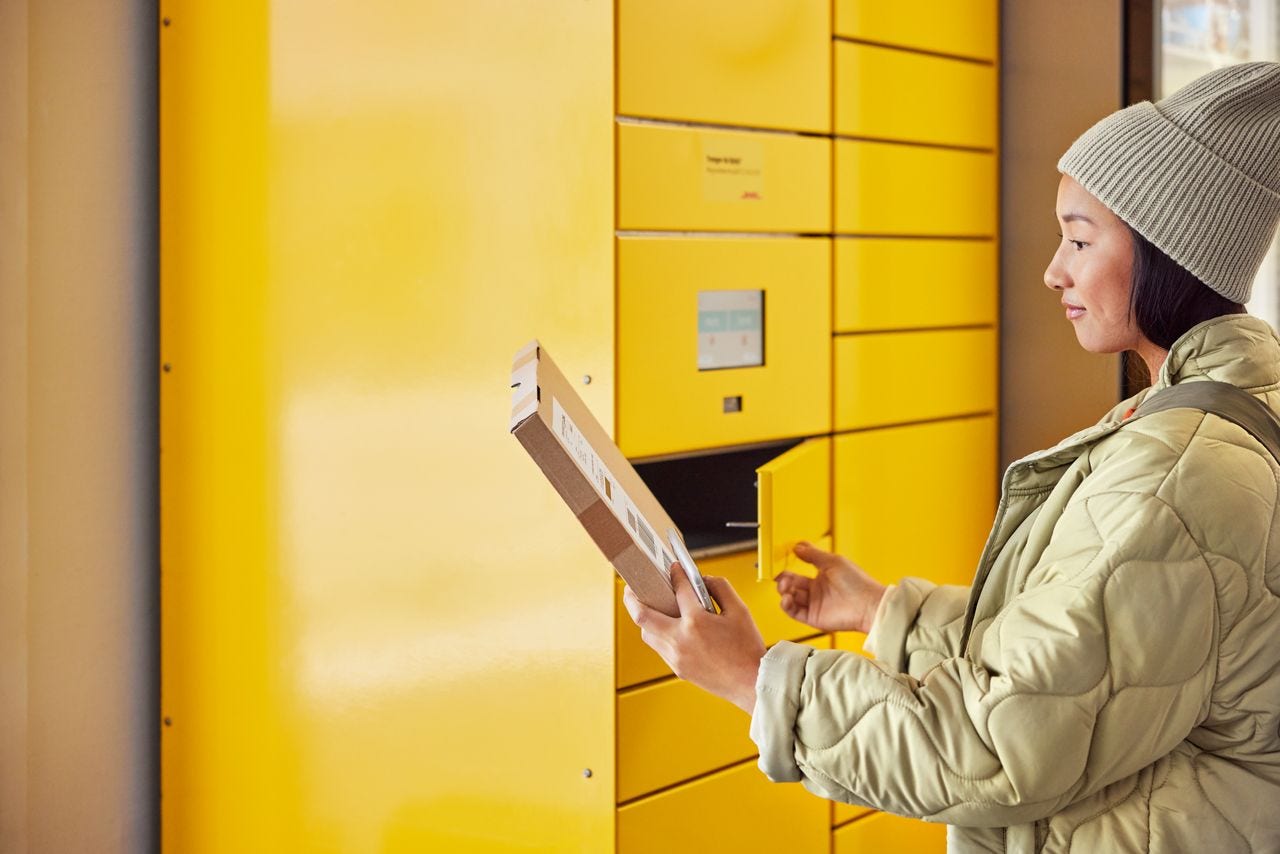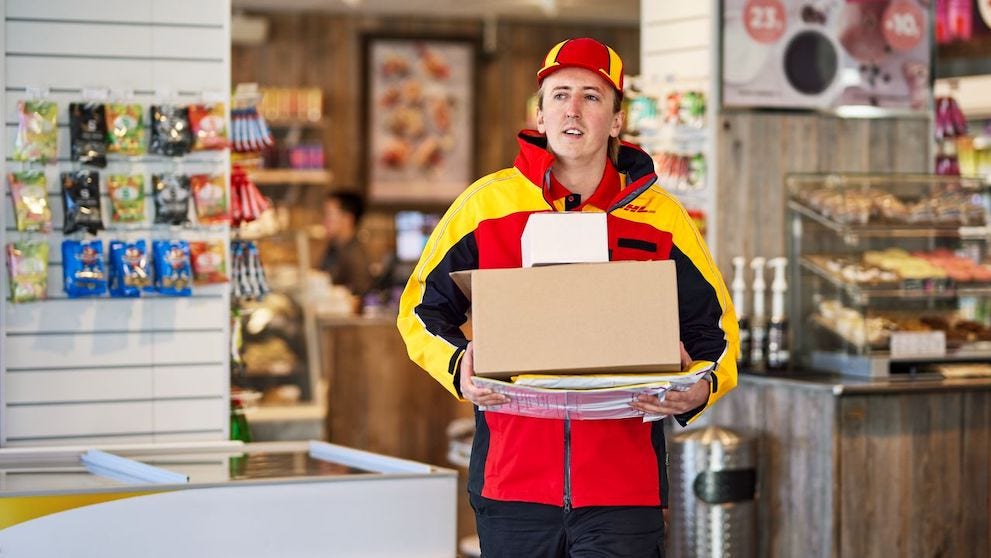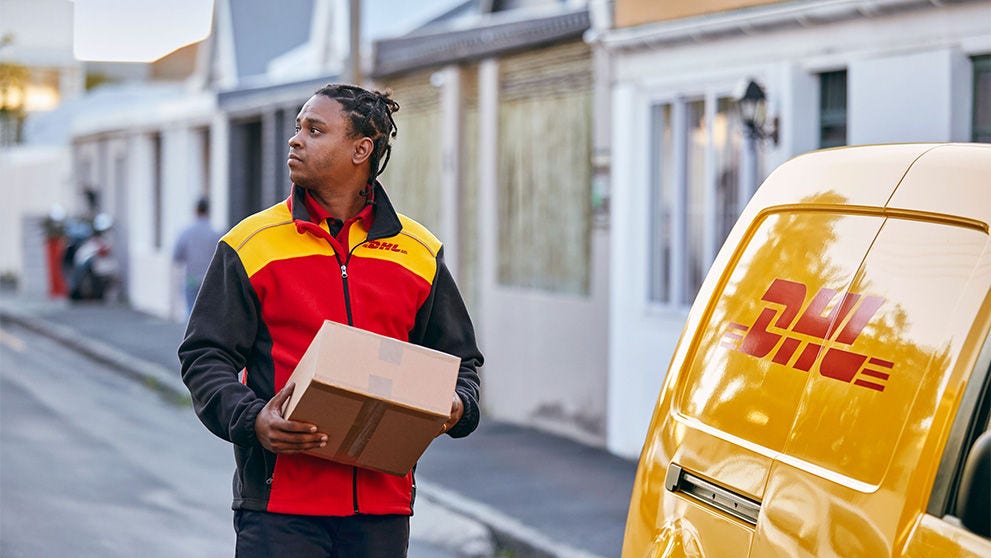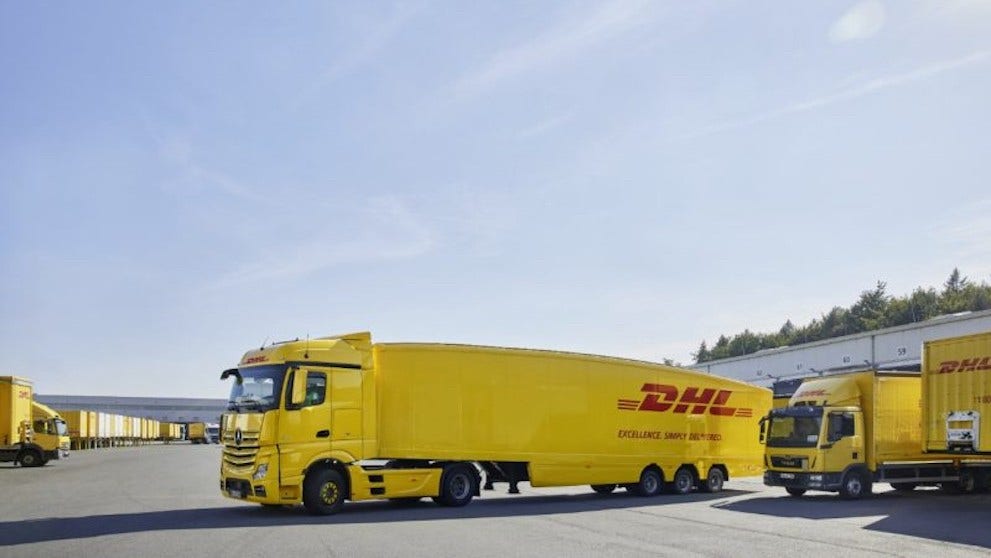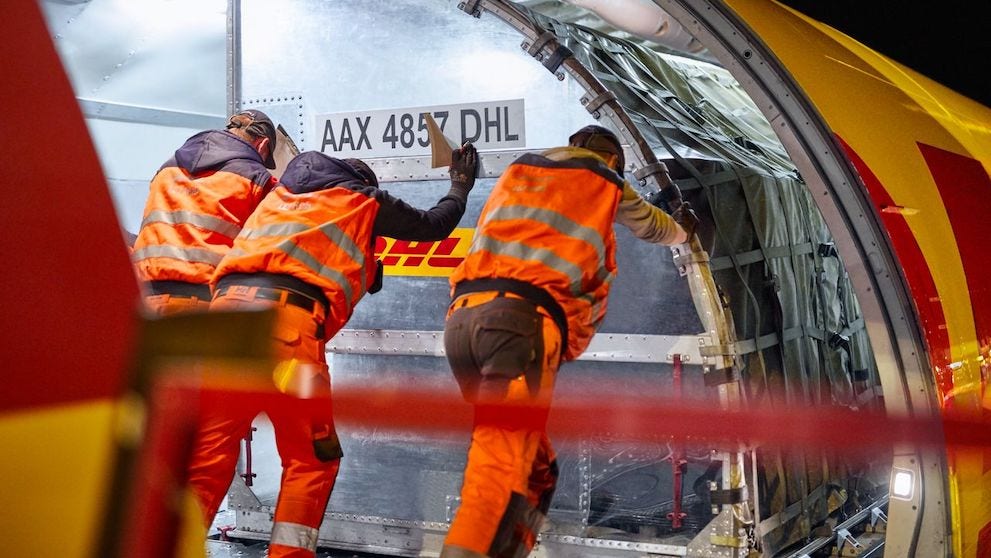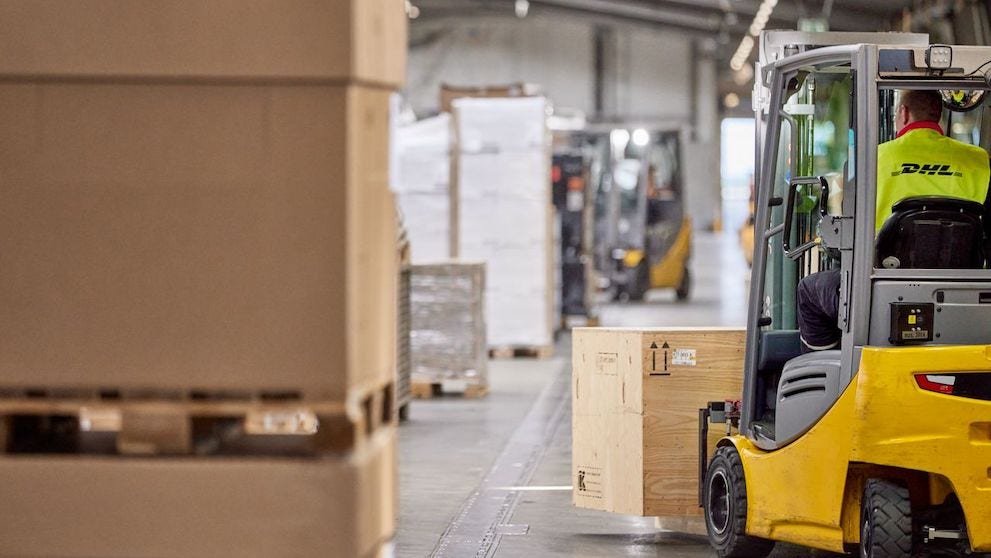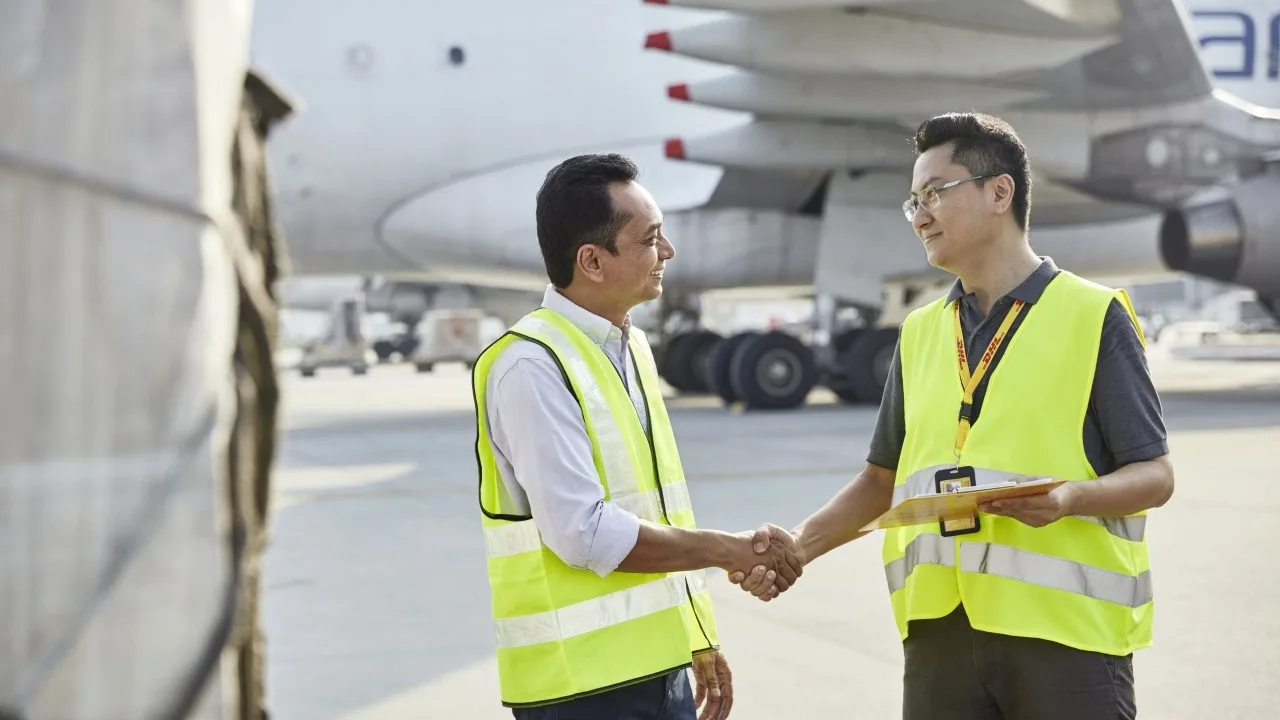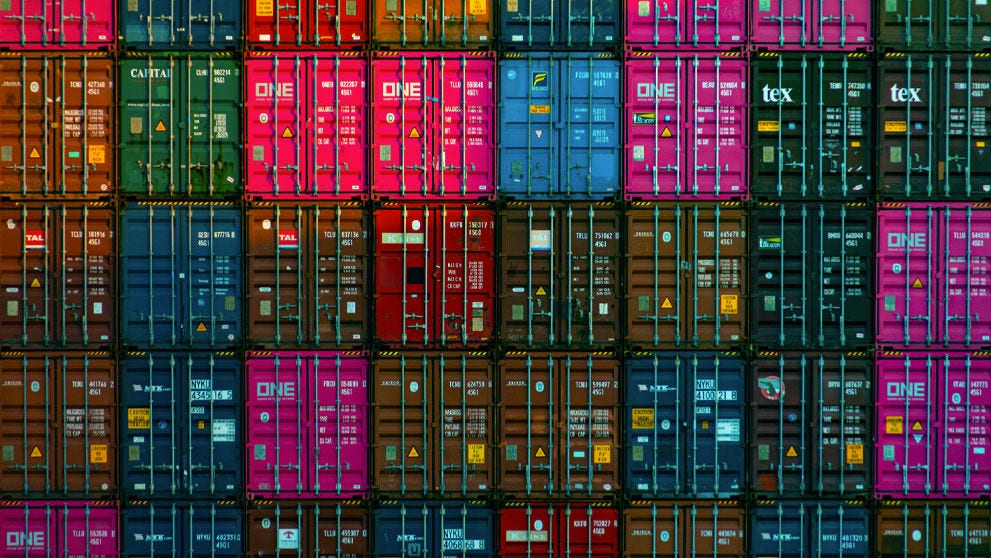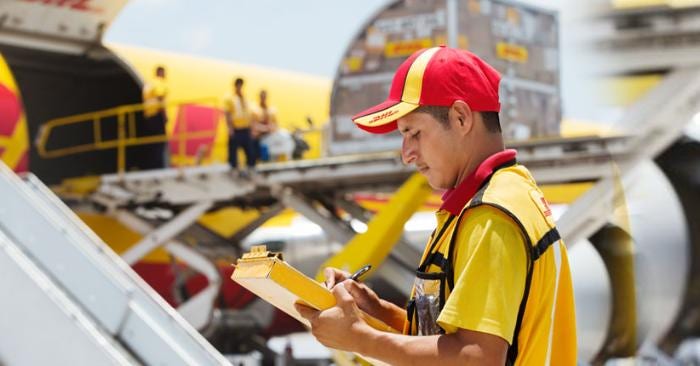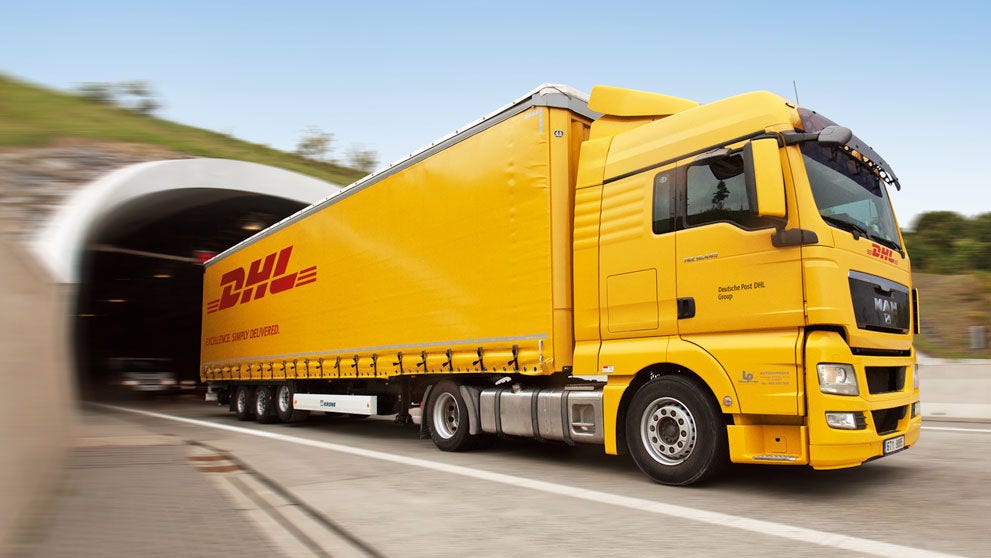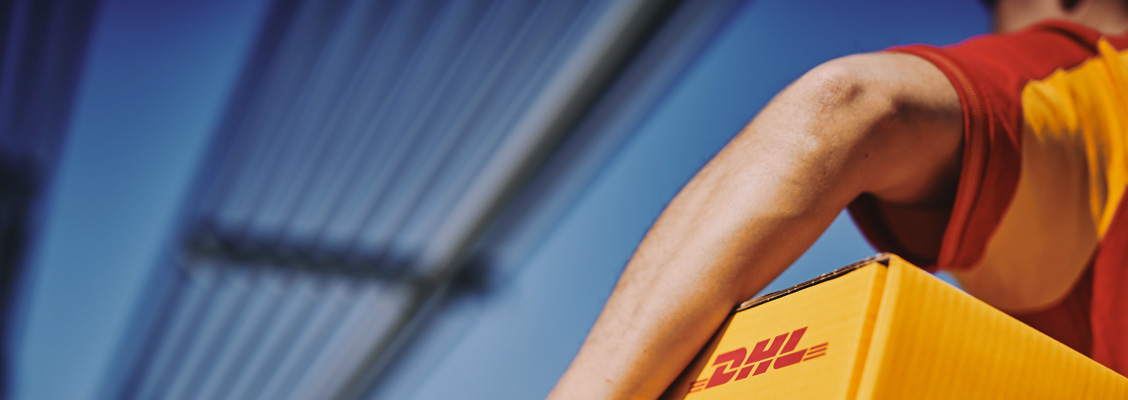
Singapore’s export momentum is showing strong signs of recovery. In September 2025, for instance, shipments to Hong Kong surged by 56.3%, reversing a steep drop from the previous month. Exports to Taiwan also gained 31.9%, while sales to China climbed 10.1%, driven by demand for integrated chips, specialized machinery, and precision instruments, according to The Straits Times1. As global trade flows resume strength, businesses are under renewed pressure to ship faster, more affordably, and with greater flexibility.
In fact, with this kind of cross-border momentum, many are turning to smarter logistics strategies to meet this demand.
For example, some global retailers now let customers consolidate multiple online orders into a single delivery, slashing both wait times and shipping costs. Behind this model lies a freight strategy already used by many businesses: consolidated shipping.
Unlike traditional one-box-at-a-time shipping, consolidated shipping allows businesses to combine smaller shipments, often from different suppliers, into one larger consignment. This approach helps fill up trucks, containers, or air cargo space more efficiently, so you’re not paying for half-empty space. By sharing freight space, businesses benefit from lower rates, fewer touchpoints, faster delivery windows, and a much smoother logistics operation overall.
So, how does it actually work, and could it change the way your business ships overseas?
What does consolidated shipping mean?
Consolidated shipping is a logistics practice where multiple smaller shipments from different senders are grouped into a single, larger consignment for transport.
Once the shipment arrives at its destination, the consolidated load is then de-grouped back into the original shipments and delivered to their respective recipients. By optimizing container space and minimizing duplication in customs paperwork, this method significantly improves speed and cost-efficiency across the supply chain.
DHL Express facilitates this process through dedicated services like Break Bulk Express (BBX) and Loose Bulk Express (LBX), both designed to simplify bulk shipping and support efficient customs clearance.
1. Break Bulk Express (BBX)
BBX is DHL Express' freight consolidation service designed for businesses sending multiple smaller shipments to one destination. Under this method, individual “baby” shipments are physically combined into one larger “mother” shipment for transport and cleared through customs under a single Importer of Record.
After clearance, the shipment is broken down, and each pre-labeled baby shipment is delivered to its final recipient.
Key features of BBX:
- Single Importer of Record: One customs entry for all combined shipments.
- Physical consolidation of shipments: Baby shipments are grouped into a single mother shipment.
- Simplified labeling system: BBX labels for baby shipments and WPX labels for the mother shipment.
- Weighing efficiency: Only the mother shipment is weighed at the origin.
- Deconsolidation at the inbound gateway: Mother shipment is unpacked after customs clearance for local delivery.
How BBX works:
- Baby shipments consolidated at origin: Multiple parcels are physically combined into one mother shipment.
- Single customs clearance completed: The mother shipment is cleared under one Importer of Record.
- Deconsolidation after clearance: Once approved, the mother shipment is separated into individual baby shipments.
- Final delivery executed: Each baby shipment is dispatched to its respective end customer.
2. Loose Bulk Express (LBX)
LBX is DHL Express' solution for businesses that ship multiple small parcels without physically combining them into larger units. Unlike traditional consolidation methods, LBX groups these individual shipments under a single master air waybill, allowing them to travel together during the main leg of transport.
Key features of LBX:
- No physical consolidation required: Ship each item as-is without bundling.
- Transported as loose pieces: Supports a wide variety of package sizes and quantities.
- Simplified customs documentation: Fewer forms and faster clearance thanks to grouped processing.
- Flexible shipment preparation: Perfect for dynamic or smaller-scale operations.
How LBX works:
- Individual baby shipments created: Each item is prepared separately using proprietary IT-integrated tools.
- Single transport label applied: Each piece carries a label linked to the overall (mother) shipment.
- Virtual mother shipment generated: These loose pieces are virtually grouped under one shipment for clearance.
- Single customs clearance completed: One customs entry for all parcels, cutting processing time and cost.
What are the benefits of freight consolidation?
More than a mere cost-cutting tactic, consolidated shipping is a strategic logistics approach that helps businesses gain tighter control over their international delivery flows. Whether it’s fulfilled via Break Bulk Express or Loose Bulk Express, this model helps avoid unnecessary detours, duplicated paperwork, and last-minute surprises.
Expect the following from freight consolidation:
- Reduced handling: Fewer touchpoints mean fewer risks. By moving parcels as one combined shipment, businesses reduce the chance of items getting misplaced, delayed, or damaged during transit and sorting.
- Greater cost efficiency: Consolidating parcels into a single shipment often results in better rates for international air freight, reduced packaging needs, and fewer clearance charges. It’s especially beneficial when shipping large volumes or recurring orders across borders.
- No customs charges for end-consignee: Duties and taxes are handled by the Importer of Record and not the final recipient. This spares your customer from surprise fees at the door and gives businesses full control over landed costs and customs documentation.
- Faster clearance and delivery: With grouped documentation and one customs entry, clearance is completed in less time. There’s no need to separate goods post-import or coordinate multiple declarations, which shortens the overall delivery cycle.
- Improved brand experience: A consolidated shipment strategy helps ensure smoother delivery flows and fewer disruptions. That consistency builds trust, improves post-purchase satisfaction, and supports long-term growth, especially in e-commerce and cross-border retail.
Phases in freight consolidation
The freight consolidation process follows a structured sequence that ensures shipments are efficiently grouped, transported, and delivered with minimal disruption.
1. Data collection and analysis
Every consolidation plan begins with a detailed review of shipment data. This includes gathering information on package size, weight, destination, and delivery timelines.
Through this analysis, logistics teams identify which shipments can be combined efficiently. By aligning compatible consignments, they ensure optimal cargo utilization and prevent mismatched or delayed loads.
2. Grouping and combining shipments
Once compatible shipments are identified, they are grouped and physically combined based on destination and delivery priorities. This phase focuses on maximizing transport capacity while maintaining cargo integrity. Items are strategically arranged to minimize handling, balance weight distribution, and ensure cost-effective use of containers or pallets.
3. Selecting the right carrier and securing rates
Once your shipments are ready for dispatch, the next key decision is choosing the right carrier to move the consolidated load. This selection is driven by factors like price, route coverage, delivery timeframes, and service consistency. At this stage, businesses also negotiate terms, which can include volume-based discounts or service-level guarantees that ensure accountability across large cross-border movements.
4. Preparing documentation and ensuring customs accuracy
This stage focuses on consolidating all shipment paperwork into a single, compliant file for customs processing. It includes preparing a master waybill and other export documentation required by authorities.
For consolidated loads, DHL Express streamlines this with a unified clearance system where multiple individual (mother/child) WPX shipments are processed under one larger “mother” entry. A nominated Importer of Record (IOR) handles duty and tax payments, ensuring both export and import procedures are cleared under one declaration. This documentation process minimizes administrative errors, prevents delays at customs, and supports full regulatory compliance across borders.
5. Synchronizing shipments for timely consolidation
This step involves aligning the pickup and transit schedules of multiple shipments so they arrive together at the consolidation point. Close coordination with logistics providers ensures goods are staged in sync for bundling and onward movement without delay.
6. Final loading and containerization
With shipment timing aligned and documentation complete, each individual package is grouped and secured into a larger container, pallet, or unit load device for streamlined transport. Accurate inventory checks are also done to prevent delays or misplacement.
7. Full-scope tracking and alerts
Once on the move, visibility becomes critical. DHL Express oversees the entire shipment journey, integrating real-time tracking from origin to the final mile. Every leg of the consolidated shipment is monitored as it passes through our global network. This allows businesses to manage timelines with confidence, anticipate potential disruptions, and adjust accordingly.
8. Breakdown and local delivery
Upon arrival at the destination hub, the consolidated freight is unpacked and sorted. Each individual shipment is then routed for last-mile delivery.
DHL Express: Your consolidated shipping partner

Managing international consolidated shipping doesn’t need to be complicated. Whether you’re navigating customs compliance, coordinating multiple suppliers, or wondering how to package items for shipping, DHL Express simplifies the entire consolidated freight shipping method.
As your end-to-end logistics partner, DHLExpress handles everything from pickup to last-mile delivery, ensuring every step is tightly managed and visible. With the ability to act as the Importer of Record (IOR) and support communication with the ultimate consignee, we help businesses reduce administrative burden and accelerate customs clearance.
In addition, our global network and deep customs expertise make consolidated shipping logistics faster, more reliable, and scalable across markets. From loose-piece shipments to high-volume freight, we tailor solutions that help you ship with confidence and control.
Ready to streamline your international supply chain? Open a DHL Express business account and take the complexity out of consolidated shipping.
